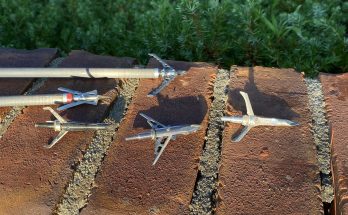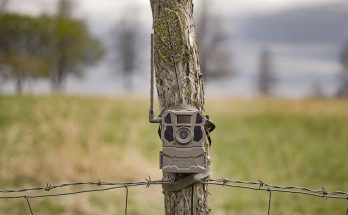Predators & Varmints are unprotected or disruptive animals that do damage to other wildlife, farm crops, livestock, and other types of property. They are hunted not for food, but to control the damage they do to other game species, farms and ranches, and other properties. Of these disruptive animals, feral hogs and coyotes do the most damage to farms and ranches.
We work with Farmers and Ranchers in the area to help control Predators and wild Feral Hogs. Below are some of the videos from those hog hunts and coyote hunts.
The coyote is a member of the dog family. Its scientific name is Canis latrans. There are nineteen subspecies of the coyote each with small differences in coloring or size. Originally inhabiting the southwestern region of the American continent, they have expanded their range as far north as Alaska and as far east as Maine. A true modern-day success story. The animal gets slightly larger the further north it lives. Some of the largest coyotes, weighing in excess of 46 lbs, have been found living in and around towns and cities and are known to have achieved their size by eating domestic pets such as small dogs and cats. They will gladly help themselves with any food left outside for someone’s pet. They are opportunistic and will eat almost anything.
They will breed with domestic dogs such as the german shepherd. The result is known as the coydog. The coyote’s traits are almost always dominant and this can be clearly seen in the coyotes ‘ behavior. It is suspected that the larger size of northern coyotes results in part from breeding with domestic dogs. The denning season is between February and June with the female producing anywhere from one to six pups.
The coyote is extremely intelligent and adaptable and thus known as the cunning trickster. Outside of the major cities, the coyote thrives, especially around landfills, garbage dumps or wherever humans live. Although there are few recorded instances of coyotes attacking humans, they have been known to threaten small children. The coyote communicates by howling. If you are using a predator call and the coyotes start howling, it usually means they are aware of your presence. Unless you have a coyote howler, you may as well find a new area to hunt.
Wild (Feral) Hogs
Wild hogs are a growing problem in the United States and the only control measures are trapping and hunting. There is no season on feral hogs and in most states in the South, they can be hunted over bait, hunted with dogs, or at night with lights. As of 2017, the estimated population of feral pigs in Texas alone is over 2.5 million, causing billions of dollars in property damage every year, both in wild and agricultural lands.
Because pigs forage by rooting for their food under the ground with their snouts and tusks, a sounder (group) of feral pigs can damage acres of planted fields in just a few nights. Because of the feral pig’s omnivorous nature, it is a danger to both plants and animals endemic to the area it is invading. Game animals such as deer and turkeys are adversely affected by the feral hog’s aggressive competition for resources.
Also, see our report on Varmint Hunting Rifles and Hog Hunting Rifles




